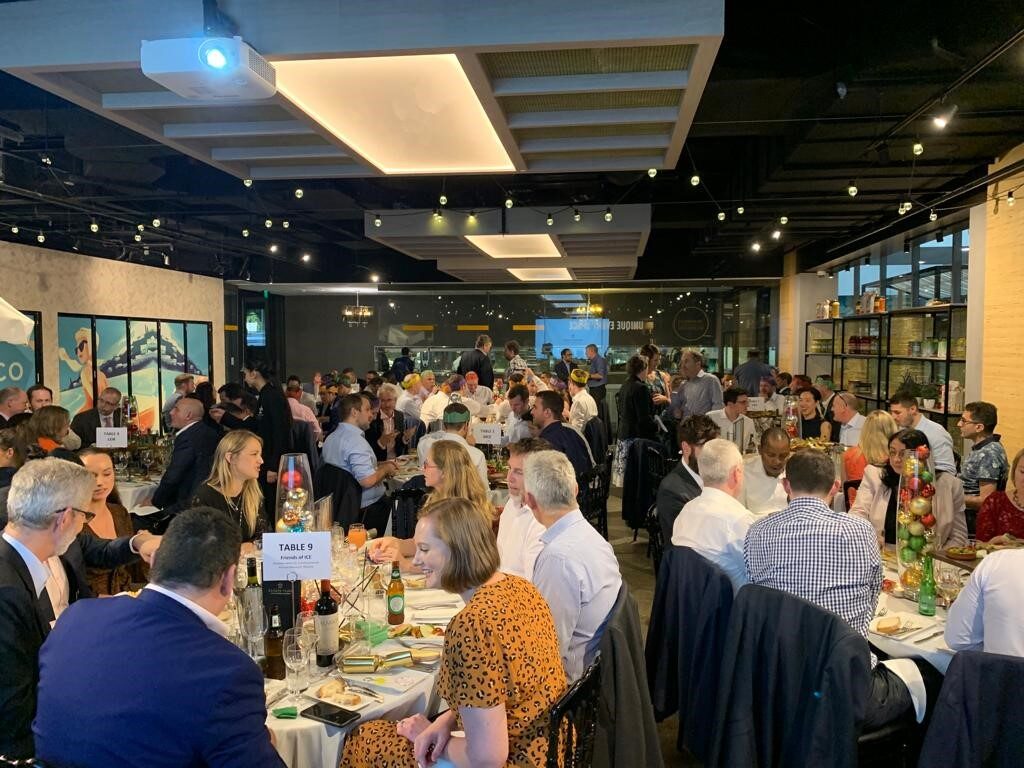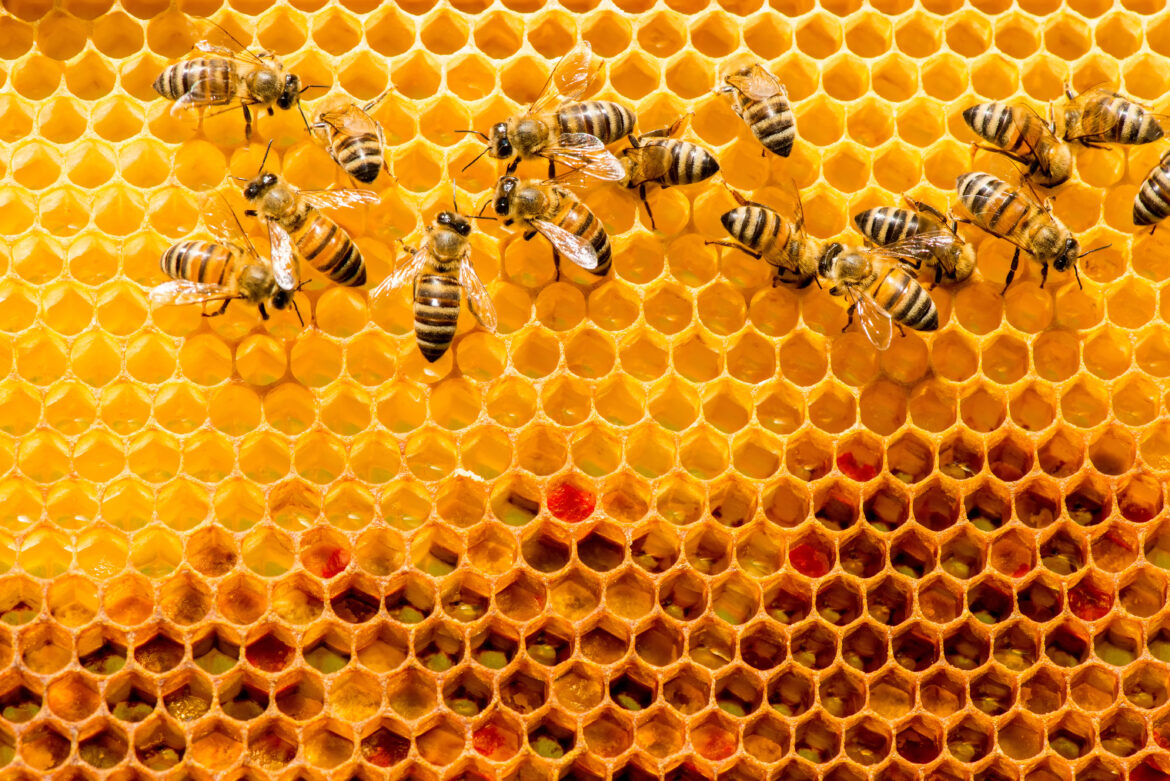Bees and infrastructure both play important roles in their respective ecosystems. Just as bees are essential for pollination and maintaining the balance of nature, infrastructure is crucial for supporting human activities and enabling the functioning of modern societies.
When the business was founded in 2014 the plight of bees was in the news and after researching the bee crisis our family made some positive changes by planting a native based window box garden, using natural fertilizer, putting up bee boxes and buying local honey. Whilst researching bees and what we could do as a family we realised there are many parallels between bees, infrastructure engineering and what our team at MCE does for our clients and society. The following 7 attributes of bees are also the key attributes that MCE brings to our client teams.
- Functionality: Bees play a critical role in pollination and maintaining the balance of nature, while engineering and infrastructure are crucial for supporting human activities and enabling the functioning of modern societies.
- Problem-solving: Bees must solve problems related to finding food, protecting the hive, and ensuring the survival of the colony. Engineers and infrastructure must similarly solve problems related to designing and building systems that meet specific goals, such as providing transportation and communication, creating efficient energy systems, and ensuring the safety of structures and machines.
- Complexity: Both bees and infrastructure are complex systems made up of many interrelated parts. Engineering involves the creation of complex systems, such as structures, machines, and networks, in order to meet specific goals and requirements.
- Collaboration: Bees work together as a highly organized society, with each member of the colony playing a specific role. Engineers and infrastructure similarly require collaboration and coordination in order to function effectively, with various professionals working together to design and build complex systems.
- Maintenance: Both bees and infrastructure require ongoing maintenance and repair in order to function effectively. Bees must be protected from disease and other threats, and hives must be maintained and tended to. Infrastructure must similarly be maintained, repaired, and updated over time in order to continue to serve its intended purpose.
- Innovation: Bees have evolved unique and efficient solutions to the challenges they face, such as their intricate communication and navigation systems. Engineers similarly must continuously innovate in order to create better and more efficient systems, utilising the latest technologies and materials.
- Optimization: Bees are highly efficient in their use of resources, such as pollen and nectar, and their hives are optimized for space and storage. Engineers similarly aim to optimize their designs, considering factors such as cost, efficiency, and sustainability.
While bees, engineering, and infrastructure may seem like vastly different systems, they share important similarities in terms of their functionality, problem-solving, complexity, collaboration, and need for maintenance. These similarities highlight the importance of these systems for the functioning of complex systems, whether in nature or in human societies. This is why MCE’s logo is based around the bees, hives and hexagons and the above 7 characteristics align perfectly with what MCE brings our clients in the management, commercial and engineering disciplines of world class infrastructure delivery.





